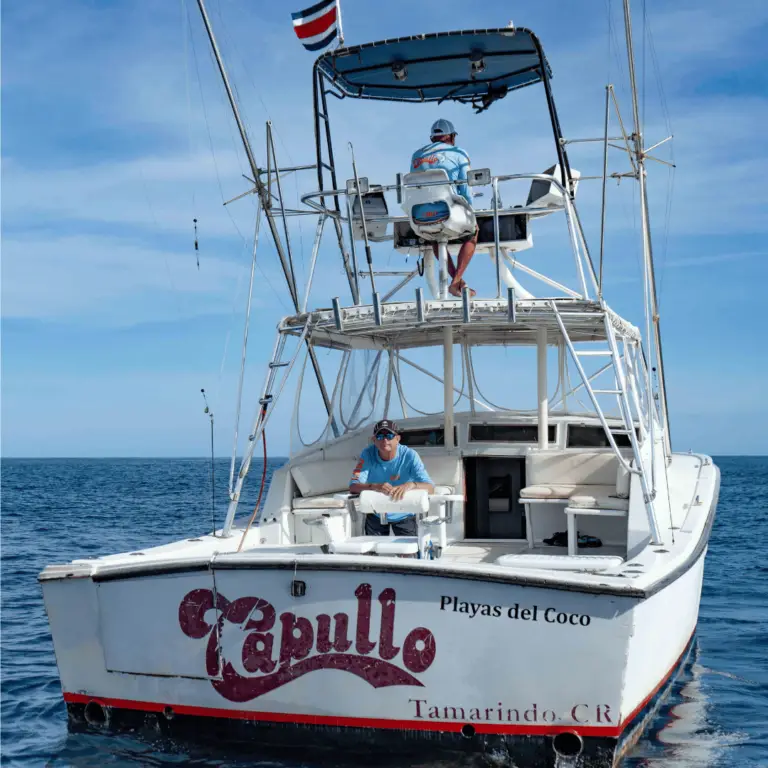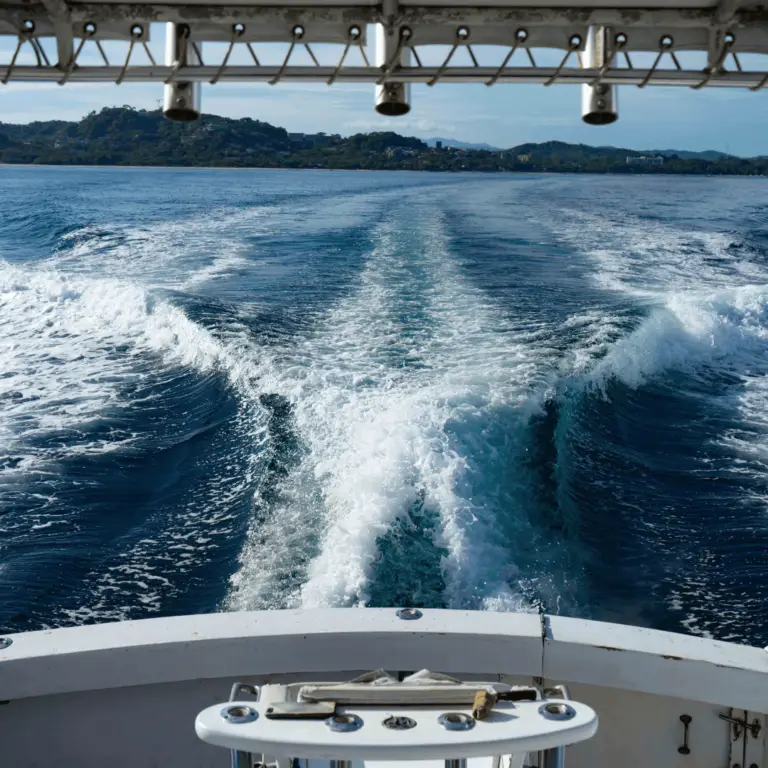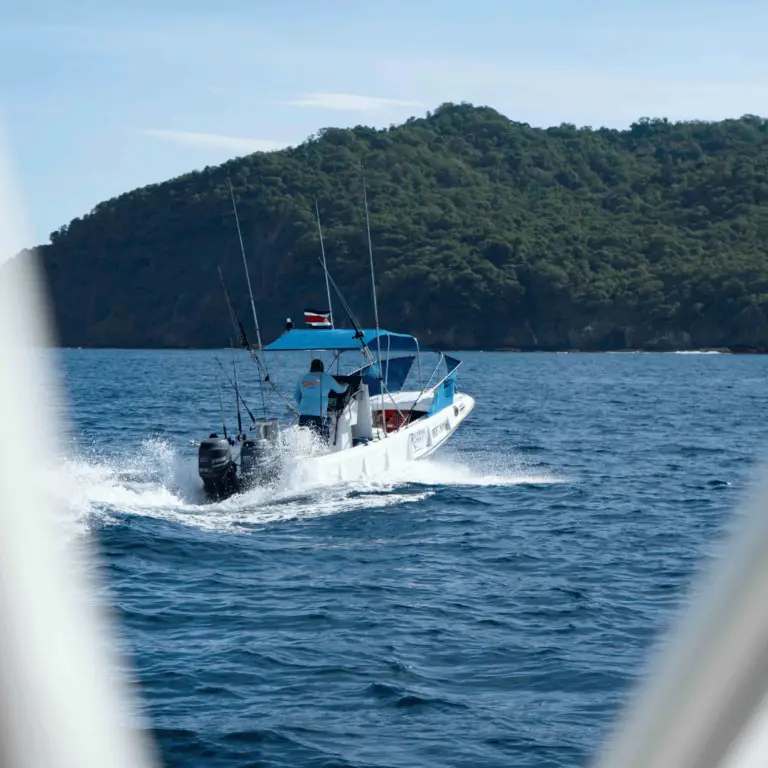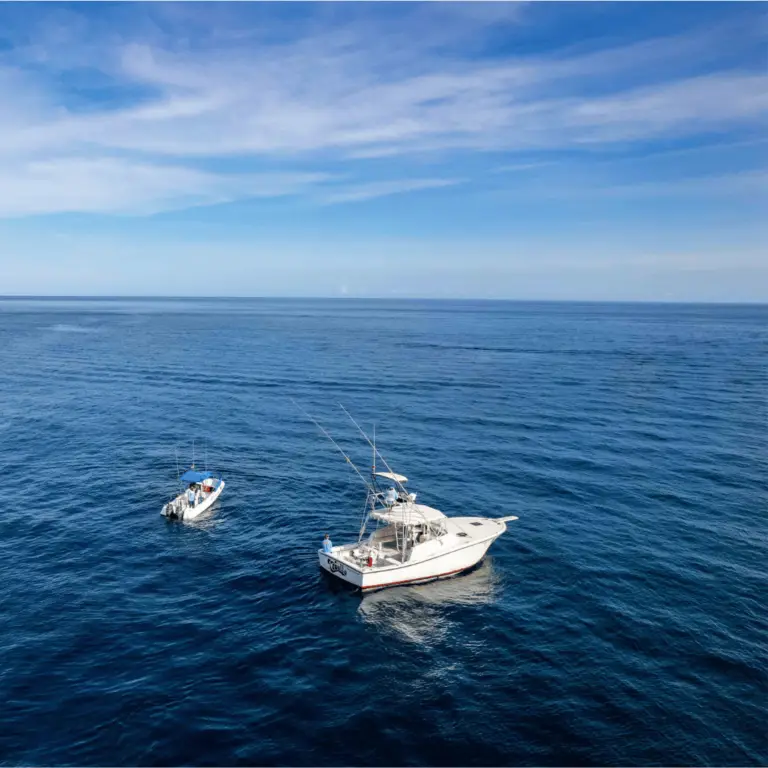The greater amberjack are marine species that can be found all over the globe from temperate to tropical waters. The species is valuable for commercial fishing and sportfishing and has significant aquaculture potential.
The greater amberjack is the largest pelagic clade in the Carangid family and is an open ocean opportunistic predator that lives near reef-associated floating stuff, such as drifting algae. More significant amberjack fishery resources have been increasing in Taiwanese waters.
The species can be distinguished by its exceptional flesh quality, rapid growth, large commercial value on a vast international market, and global distribution. However, an increase in fishing efforts and landings has led to the classification of the greater amberjack as overfished.
Aspects of the Amberjack Fisheries
Size: Greater amberjacks can reach over 200 pounds and 6 feet in length.
Nutritional patterns: Amberjacks are adaptable creatures that consume in small groups across reefs and debris. Their diet involves shellfish, squids, and other fishes.
Habitat: Amberjack colonized the western Atlantic from Nova Scotia to Brazil, as well as the Gulf of Mexico and the Caribbean. They are discovered in the neighborhood of ridges, wrecks, rocky outcrops, Sargasso areas, and floating material from outer reefs to open waters. According to the investigation, amberjack migrates from the Carolinas to southeast Florida in the spring.
Tips and Tricks to Catch Amberjack with Deep Sea
For a successful capture of Amberjack in the deep sea, you should know their feeding habits, and using appropriate methods will increase your chances of success.
Here are a few Tips and Tricks as per experience to catch the Amberjack in the depths of water:
Bottom Fishing: weighted set up so that the bait, hook, or lure stays fixed (plunking) or slides along the bottom (drift fishing).
Jigging for Amberjack: For hostile baitfish, anglers pull metal or baited jigs down the bottom while quickly twisting their wrists. Additionally, in shallow water or close to oil drilling sites where baitfish are abundant, you may hook for lined rudderfish.
Trolling: It is an effective technique for drawing amberjack to your bait if you select the correct location. Amberjack fish are found on the seabed, and it is challenging to troll on the bottom in deep water. So, you would concentrate your trolling efforts near oil platforms or reef systems where your bait could attract amberjack. Amberjack is drawn to oily seafood.
Amberjack Fishing Equipment
For all large game fish, including amberjack, use a circle hook. A 9/0 10/0 is enough for every kind of amberjack. You should carry some favorable fishing types of equipment for successful Amberjack capture.
A Simple Rig: Line, sinker, and hook – use a leader of no more than six feet in length. Attach the buckle to the leader’s one end and the sinker to the other. The terminal line is connected to the sinker so that the sinker’s weight anchors the lure and hook to the bottom few feet of the water column. You can connect the line to the sinker with a swivel, and your leader should have a least 100-pound test.
Accessories: Many anglers favor braided lines with a 50-pound gauge or higher, but 100-pound monofilament is one of the finest options for amberjack fishing. These fish can weigh between 100 and 200 pounds, but most you catch will be over 40 pounds. A heavy-duty saltwater fishing rod and reel will serve you well.
Bait: Take the time necessary to fish for live bait. If you use cut bait, use oily fish such as sardines or cigar minnows. Lures and jigs must resemble baitfish. You may use baited lures; a piece of sardine or menhaden is enough.
Amberjack Fishing in Tamarindo with Capullo
The serene waters of Tamarindo, Costa Rica, hide an angler’s treasure – the mighty Amberjack. Renowned for their strength and determination, these fish present a thrilling challenge for both novice and seasoned anglers. Tamarindo, with its pristine coastal stretches and rich underwater ecosystems, has become a hotspot for those seeking the Amberjack adventure.
Why choose Tamarindo for Amberjack?
The region’s unique underwater topography, which includes rocky outcrops, reefs, and drop-offs, creates the perfect habitat for these elusive fish. They often lurk in the deep, making the hunt even more exhilarating.
When you set out with Capullo, you’re not just embarking on a fishing expedition but immersing yourself in a journey. Their local expertise ensures you get insights into the behavior of the Amberjack, understanding their patterns and habitats. This knowledge and Capullo’s top-notch gear set the stage for a memorable fishing experience. Book a tour with us.
The joy of feeling the weight of an Amberjack on your line, the adrenaline rush of the battle, and the ultimate satisfaction of the catch – all these emotions await you in the heart of Tamarindo. And with Capullo’s dedication to sustainable fishing practices, you can be assured that your adventure respects and preserves the marine ecosystem for future generations.
FREQUENTLY ASKED QUESTIONS:
- What is the description of an amberjack?
Greater amberjack have a dark amber stripe extending from their nose to their first dorsal (back) fin on their heads, which becomes prominent when the fish is in motion or eating. They have a brownish or bluish-grey back, a silvery-white abdomen, and a horizontal stripe of amber running down the center of their entire frame.
- How do you catch amberjack?
The best strategy for capturing amberjack is drift fishing over submarines and artificial reefs. Additionally, efficient techniques include surface trawling and casting. Anglers rarely get greater amberjacks by chance while fishing for lobsters or snappers.
- What bait to catch amberjack?
They prefer to consume squid, fish, and shellfish but will swallow anything, in particular, if it is bright. As greedy by nature and regional aquatic creatures, they will chase your live bait. Amberjack utilizes baitfish such as Cigar Minnows, Sardines, Mullets, Blue Runners, and Menhaden.
- What is the best time of day to catch amberjack?
Amberjack can be captured at any time of day. Yet, many fishermen favor fishing for amberjacks in the tiny hours of the morning or late evening, when temperatures are more suitable. Some anglers prefer those periods because the sun is less intense, making a day on the water more enjoyable.
- What is the best depth for amberjacks?
Although amberjack can be captured in water as deep as 70 to 100 feet, they prefer to live in 150 to 200 feet of water near structures. That involves at least a 30-mile boat trip for Gulf anglers, so be sure to pack plenty of foods for the journey.






